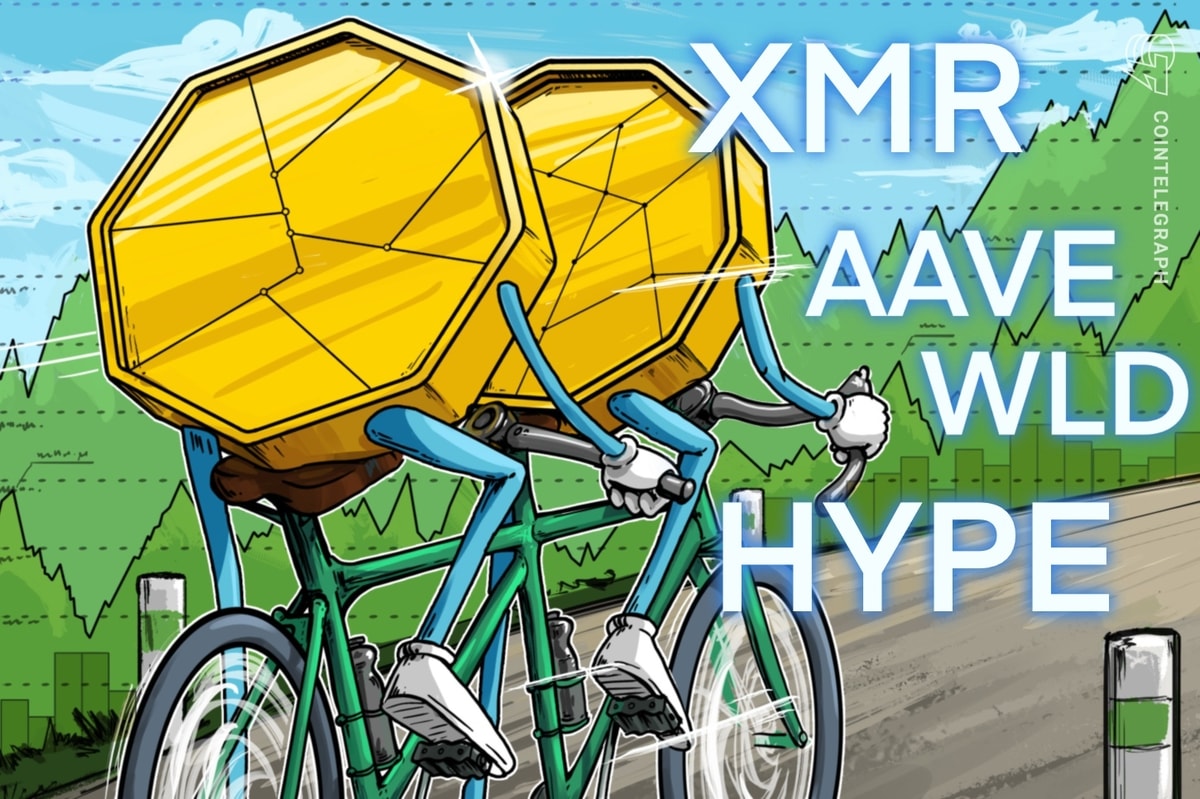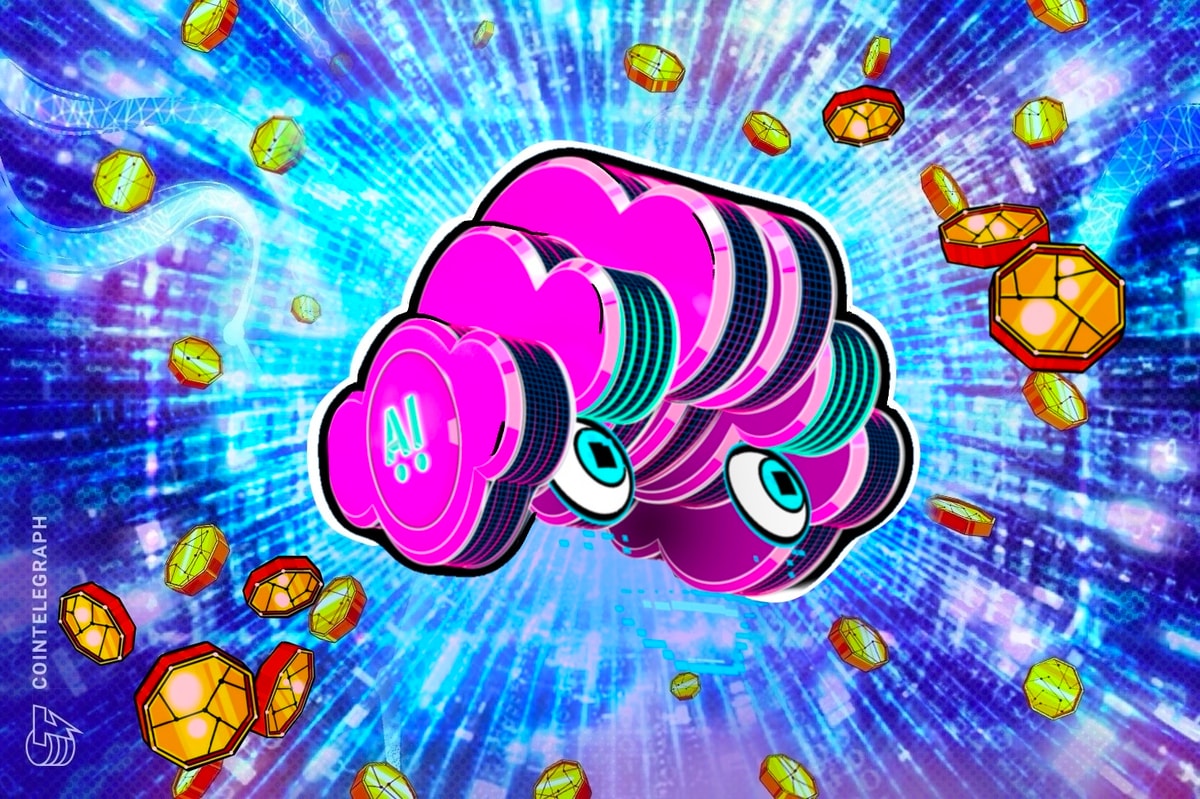The phrase “whatever doesn’t kill you makes you stronger” rarely holds true for NFT projects. Even the slightest whispers of leadership misconduct can tank a project’s value and cause a mass hemorrhaging of community members. When that happens, once-beloved Web3 entities generally find themselves dead in the water.
Not so for Pudgy Penguins — the project represents one of the NFT space’s greatest comeback stories. After having made a grand entrance to the scene during the NFT bull run of 2021, Pudgy’s Founder Cole Thereum (and his accompanying team), were accused of emptying the project’s funds. Rumors of a rug pull grew louder, and after a failed transfer of leadership, longtime Pudgy fan and holder CEO Luca Schnetzler bought the collection for 750 ETH (roughly $2.5 million at the time).
The team is now making the project’s tumultuous history a proud part of its story. Schnetzler and his team have developed a growth strategy that hinges on leveraging the Pudgy Penguins IP beyond the walls of the NFT ecosystem — with aims of carrying the brand far into the future while incentivizing greater rewards for community involvement — in a new Web3 benchmark for onboarding the skeptics of blockchain.
Building the future of Pudgy Penguins
Last week, Pudgy Penguins teamed with Sotheby’s for an auction of 11 Pudgy Penguins NFTs. Called Snowed In: A Rare Pudgy Penguins Sale, it’s a digital auction that runs from November 18 to November 30, and features Cole Thereum’s well-known Pudgy Penguin #4609, which was transferred to Schnetzler and the team following the collection’s sale earlier this year. And the timing couldn’t be more apt: The Art Basel party and Sotheby’s auction come as if in sync, when Pudgy Penguins’ comeback story feels like it’s reached critical mass.
The NFT (Penguin #4609) is a crucial part of the project’s trajectory and is up for sale alongside the rare Penguin #7315, #505, #7405, #6615, and several others. Those who nab a Pudgy NFT at the Sotheby’s auction will also receive the auction house’s first soulbound token that functions as a certification of authentication, proving they participated in the auction. Speaking on the community auction, Schnetzler told nft now: “We’re using the Sotheby’s auction as a chance to start our community fund called The Cozy Horizon Fund.”
“All the profits from the auction will go to this fund so we can use it to fund fun community events.” One such event is NFT Winter, the team’s welcoming party for holders attending Art Basel in Miami this week, which it’s putting on collaboration with crypto exchange Uniswap. “Right now, [the space] is going through a tough time, and we wanted some extra coverage to make sure that we can provide awesome experiences to the community,” Schnetzler highlighted.
Pudgy Penguins in the retail market
In a Web3 environment where the crypto markets are as volatile as ever and where the comparatively straightforward methods of success that marked the 2021 bull run no longer apply to NFT projects, Pudgy Penguins is leaning into the potential of its IP to achieve stability and longevity.
“We have our own vision for the PFP space,” said Schnetzler. “This IP is valuable. We believe the Penguins are valuable, especially in the retail market.”
This is why the brand is readying a series of physical Pudgy Penguins products ranging from plushie toys to children’s books which the company plans to release in Q1 of 2023. The team is currently locking down contracts for retailers that focus on licensing agencies in the family-friendly IP area. PMI Toys, a manufacturing, marketing, and distribution company for children’s toys, will produce the physical Pudgy toys.
The team has changed their NFTs usage contract to open up the brand IP, allowing holders to use their Pudgy for commercial endeavors. If a holder’s commercial enterprise exceeds $500,000 in annual revenue, they are expected to work collaboratively with the team to enter into a broader licensing agreement.
“This allows us to negotiate large deals like the one with PMI Toys where we’re able to give people revenue share based off of the sales,” explained Schnetzler.
Schnetzler and team have licensed more than a dozen Pudgies so far to be part of upcoming toy releases, and have also chosen five Pudgies to be a part of a children’s book deal with publisher Green Kids Club. For holders to be eligible to have their Pudgy chosen to be a part of these deals, they must apply on the project website when the team announces a potential new licensing agreement. They then choose which they feel would be the best fit for the proposed deal. For an upcoming huggable plush release, for example, the team selected a Pudgy with a polar bear hat. Once chosen, a Pudgy’s holder will receive one-thirteenth of the revenue percentage throughout the deal’s lifetime.
“We have over 8,000 Penguins, and every time we open up one of these deal submissions, we have several hundred within the first hour,” said Schnetzler. “People really want to see their IP, they just don’t have the time to make the connections they need to leverage it. We’re trying to build more opportunities for our holders to experience the power of that IP because we know they’re busy. They’re not the NFT degen stereotype people can sometimes make them out to be.”
“With everything going on [in the NFT and crypto space], we need to make NFTs and crypto a little bit more approachable.”
Luca Schnetzler
Schnetzler acknowledged that striking such licensing deals can be challenging at times due to their notorious complexity — companies are naturally wary of engaging with a contract with several different parties in the mix. Ultimately, however, enthusiasm for the potential of the IP carries them through. The Pudgy team’s goal in orchestrating these deals is largely to create attractive and valuable physical products tied to digital experiences.
Moving Web3 brands beyond Web3
The Pudgy strategy of branching out into IRL products is only part of the team’s vision for growing the brand. With a strong presence on Instagram that promotes mental health and positivity — and mentions nothing of NFTs — Pudgy Penguins are slowly and organically bringing Web3 to the public’s radar.
“We’ve seen a lot of projects go into Web3, and they just focus on Twitter and Discord engagement farming,” Schnetzler observed. “And that worked in the bull market. But when we took over [Pudgy Penguins], we decided to build out a really wide net on Instagram where we don’t even mention NFTs. We just constantly post positive affirmations. That’s helped to get people interested in the brand. And if they tap our Linktree, they realize there’s so much more to the community. With everything going on [in the NFT and crypto space], we need to make NFTs and crypto a little bit more approachable.”
Building community trust and transparency
The Pudgy team has also begun to bring community members into the fold to help them work on new projects and developments. Schnetzler noted that 11 of the team’s coders are Pudgy holders that have come on board to help code several of the brand’s upcoming projects. That, along with the team’s strategy of overcommunicating even small project changes to their holders, helps them foster trust and transparency in a time when even the average NFT enthusiast is feeling wary.
“The community knows we’re actually building things because they’re helping us build them.”
Luca Schnetzler
“The community knows we’re actually building things because they’re helping us build them,” Schnetzler remarked. “We understand how difficult it is to trust any type of player in the NFT community right now. So, how do you close that gap? You overcommunicate.”
Collaborating with on-brand charities
Ten percent of the proceeds from the Sotheby’s auction will go to Oceanites, a nonprofit that researches Antarctic penguin populations in support of climate science. The Pudgy team keeps its eye out for potential charity partnerships so long as they align with its brand and mission. Penguin research and climate science are a clear fit, but team leadership also acknowledges their strong presence in the positivity and mental health advocacy spaces means there are avenues to explore in that direction.
“As long as it identifies with our brand, we’re interested in it,” Schnetzler said. “These charity collaborations are something we’re really excited about.”
The rest of Web3 has every reason to be excited about Pudgy Penguins’ moves, too. The project could prove to be a great example of how NFT brands can establish themselves as serious and sustainable entities and demonstrate their ability to push through the sometimes isolating walls of Web3, to extend a reassuring hand to NFT skeptics. And, at this stage of Web3’s evolution, there are few holier grails than successfully assuaging public concerns surrounding blockchain technology.
Read More: news.google.com









 Bitcoin
Bitcoin  Ethereum
Ethereum  Tether
Tether  XRP
XRP  Solana
Solana  USDC
USDC  Dogecoin
Dogecoin  Cardano
Cardano  TRON
TRON  Lido Staked Ether
Lido Staked Ether  Wrapped Bitcoin
Wrapped Bitcoin  Hyperliquid
Hyperliquid  Sui
Sui  Wrapped stETH
Wrapped stETH  Chainlink
Chainlink  Avalanche
Avalanche  Stellar
Stellar  Shiba Inu
Shiba Inu  Bitcoin Cash
Bitcoin Cash  LEO Token
LEO Token  Hedera
Hedera  Monero
Monero  Toncoin
Toncoin  Litecoin
Litecoin  WETH
WETH  Polkadot
Polkadot  USDS
USDS  Bitget Token
Bitget Token  Wrapped eETH
Wrapped eETH  Binance Bridged USDT (BNB Smart Chain)
Binance Bridged USDT (BNB Smart Chain)  Pi Network
Pi Network  Pepe
Pepe  Ethena USDe
Ethena USDe  WhiteBIT Coin
WhiteBIT Coin  Coinbase Wrapped BTC
Coinbase Wrapped BTC  Aave
Aave  Dai
Dai  Bittensor
Bittensor  Uniswap
Uniswap  NEAR Protocol
NEAR Protocol  Aptos
Aptos  Jito Staked SOL
Jito Staked SOL  OKB
OKB  BlackRock USD Institutional Digital Liquidity Fund
BlackRock USD Institutional Digital Liquidity Fund  Ondo
Ondo  Cronos
Cronos  Ethereum Classic
Ethereum Classic  Internet Computer
Internet Computer